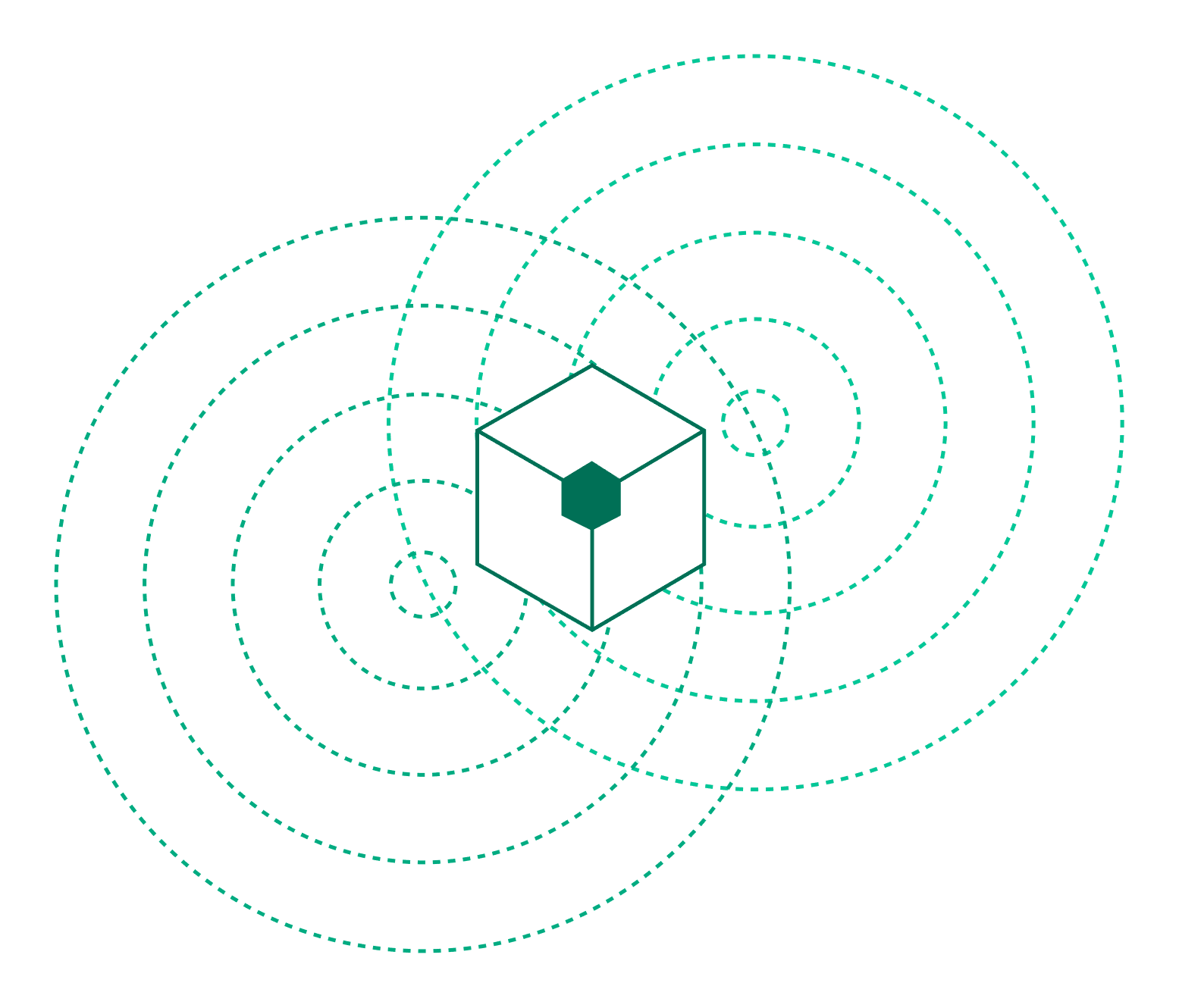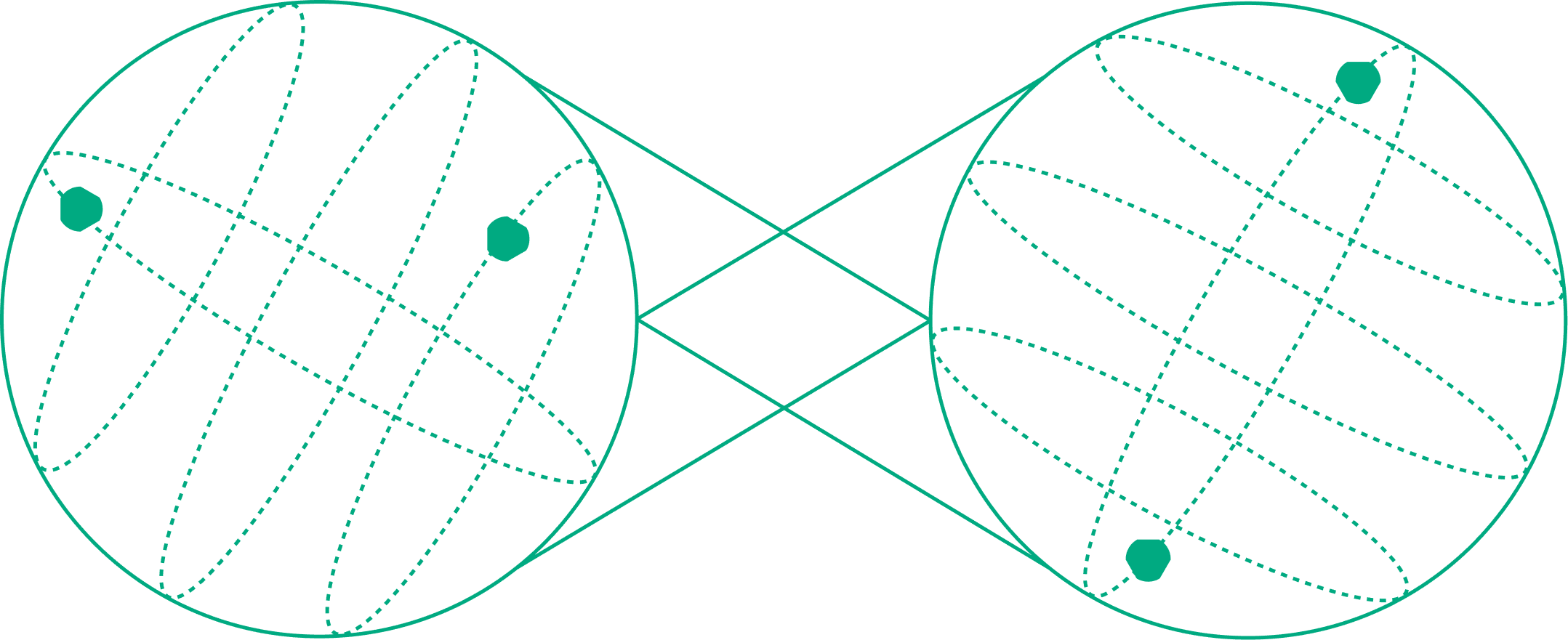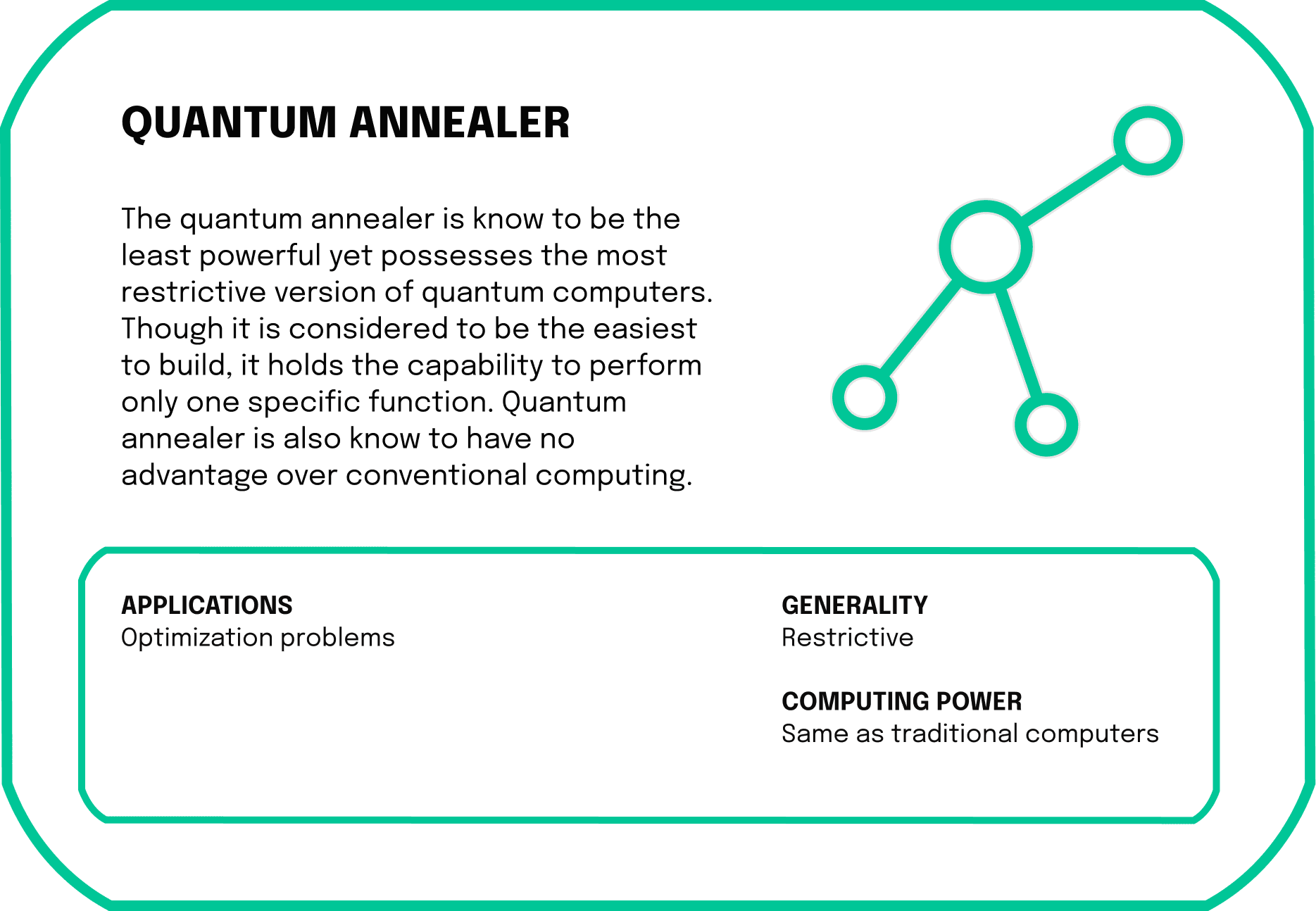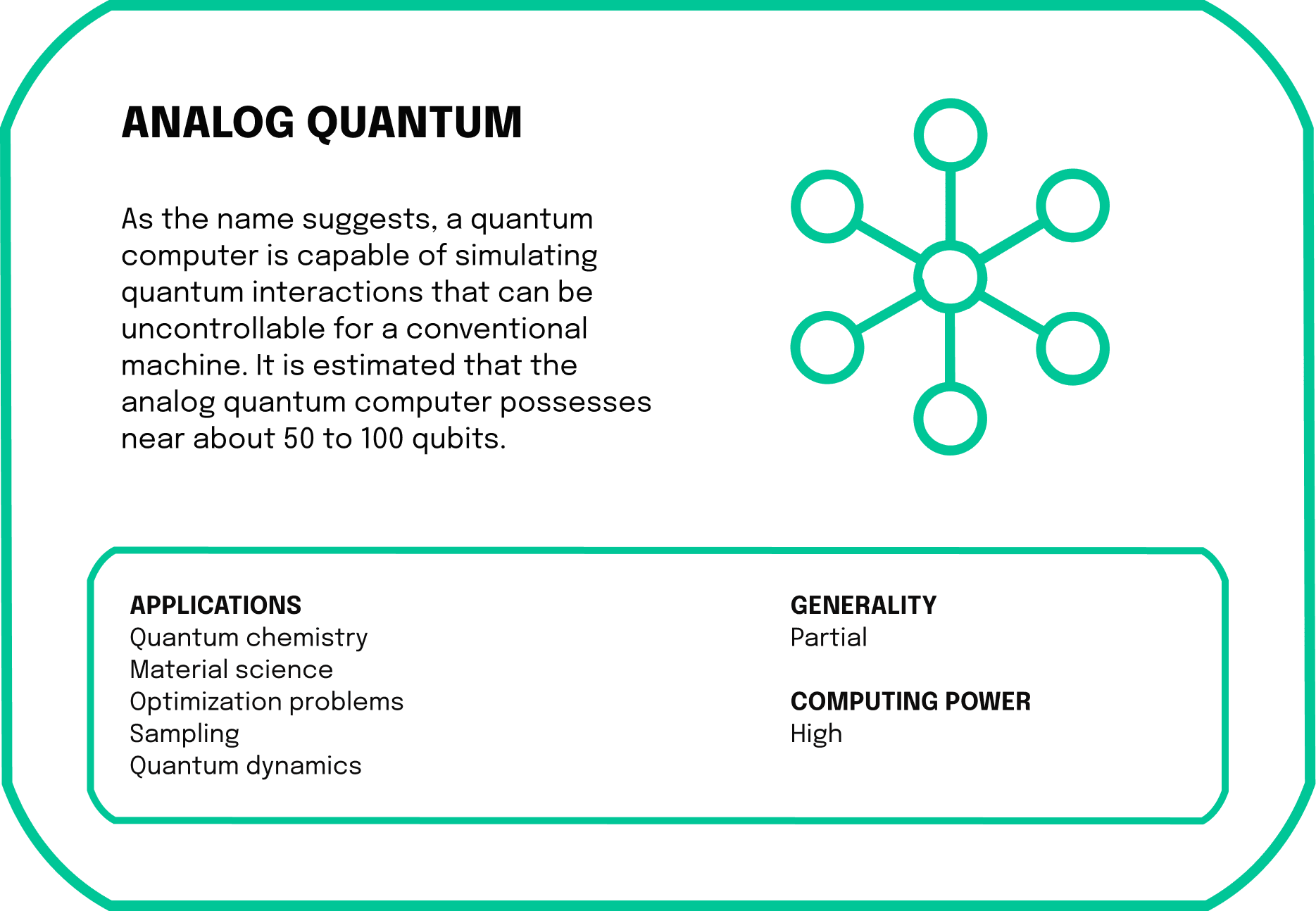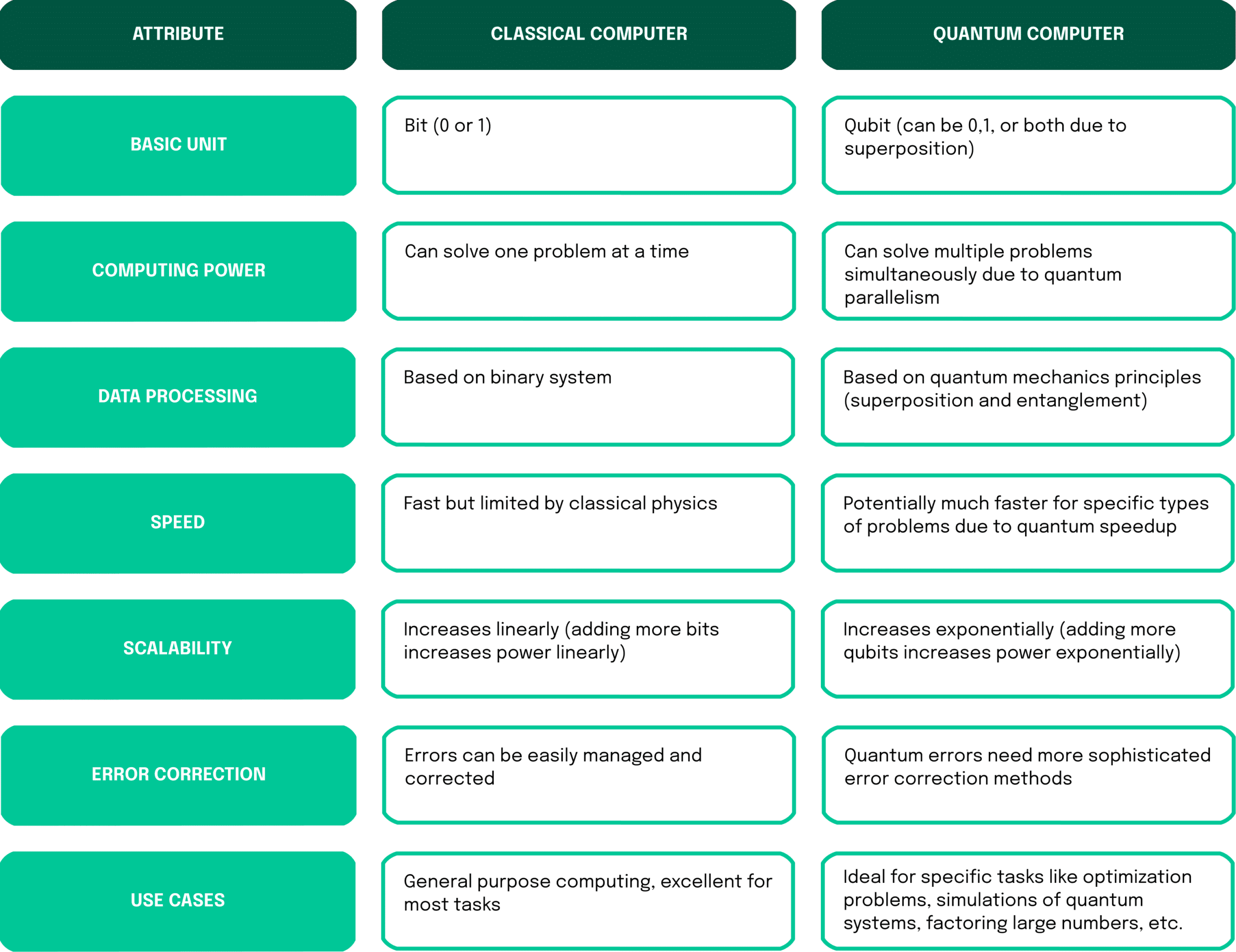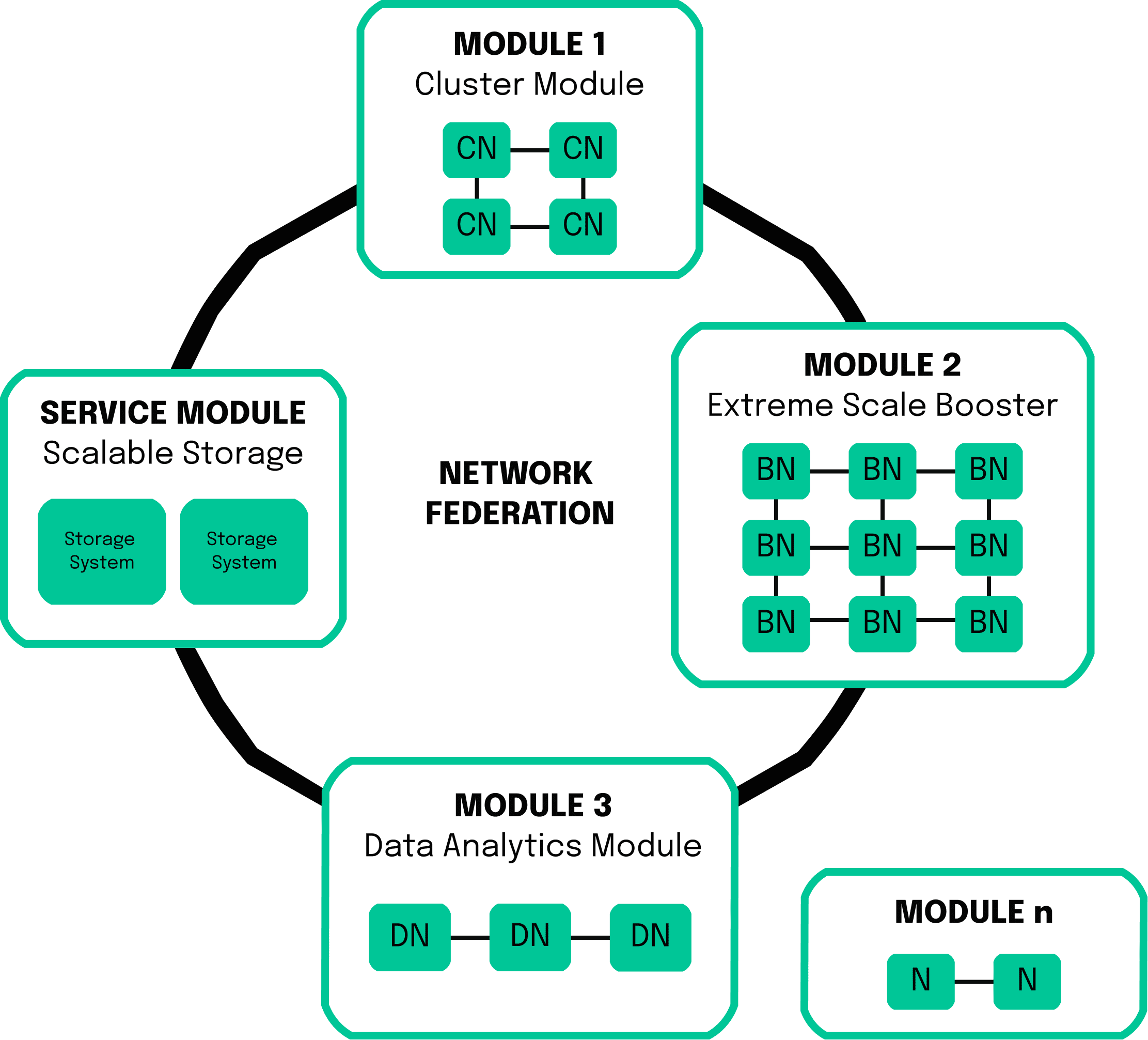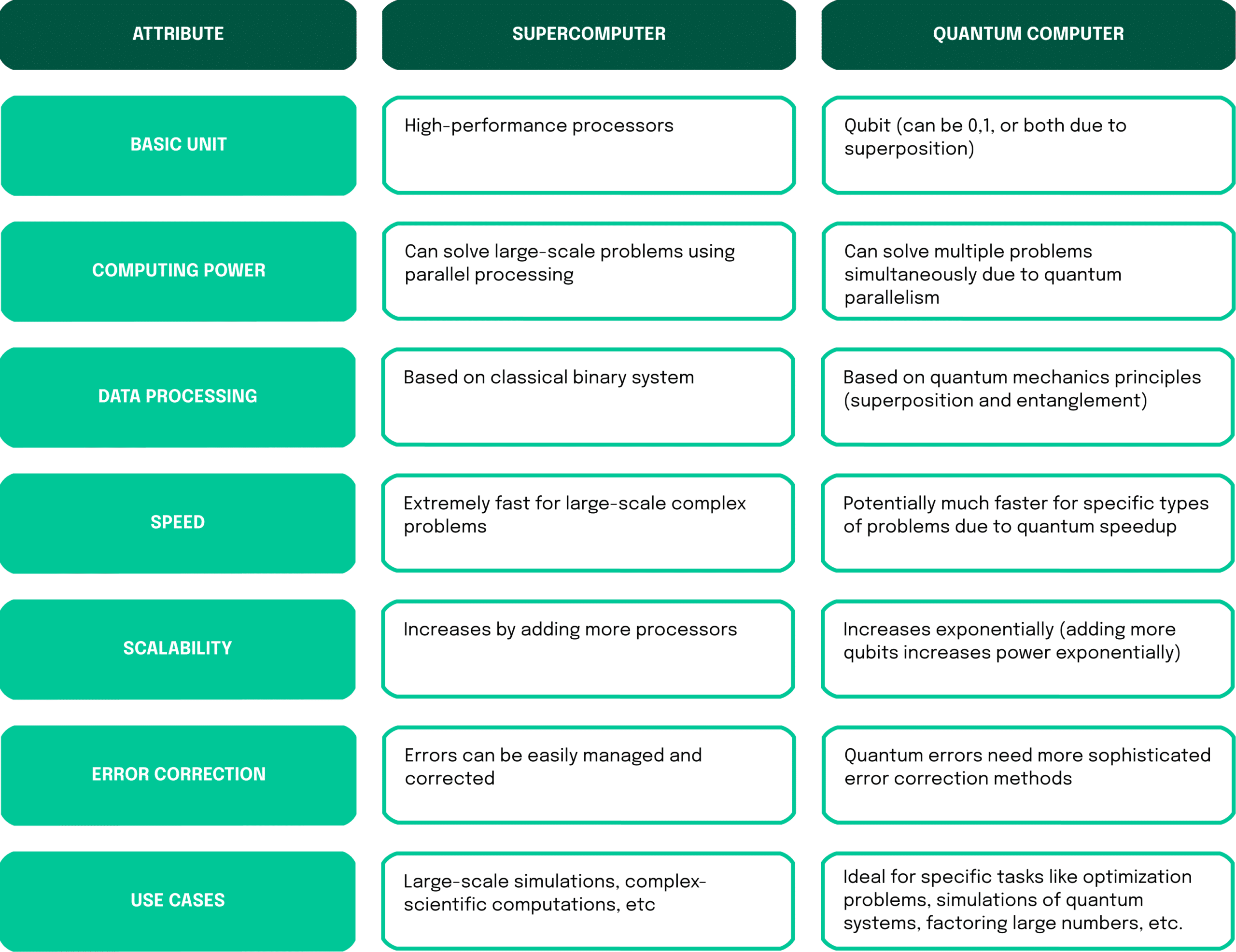
Today, we’re embarking on a fascinating journey through the realm of quantum computing. Before we delve into the intricacies, let’s take a step back and appreciate the history of this revolutionary concept and understand why it’s vital in today’s world.
The idea of quantum computing was born out of the mind-bending world of quantum mechanics. Theoretical physicist Richard Feynman, was among the first to suggest that quantum mechanics could give rise to a new kind of computer in the 1980s. Feynman proposed that a quantum computer would be an exceptional tool to simulate and understand nature, as nature itself behaves quantum mechanically.
Fast-forward a few decades, and quantum computing has shifted from abstract theory to tangible reality. Several tech giants, startups, and academic labs are racing to build a practical quantum computer, each using slightly different approaches. IBM, Google, Microsoft, and many others are investing billions into this innovative technology.
IBM and Google are leading the race in many respects. IBM was one of the pioneers in providing cloud-based quantum computing services with its IBM Q Experience. Google, on the other hand, made headlines in 2019 when it claimed to have achieved “quantum supremacy” by performing a task on a quantum computer that would be virtually impossible on a classical machine.
But why should we care about this innovation? Quantum computers promise to solve problems far beyond the capabilities of classical computers. They could revolutionize many industries, from developing new drugs and materials by simulating their behaviors at a quantum level, to optimizing complex systems like global supply chains or financial markets, and even transforming the field of cryptography. You can already experience the first power of quantum computers: The Quantum Computing Playground is a Chrome Experiment or web app using WebGL to simulate up to 22 qubits (we’ll explain later in the article what they are) on a GPU. What are qubits? Strawberry Fields is an open-source quantum programming architecture for quantum machine learning. And IBM’s 5 qubit gate-level quantum processor on the web allows the users to apply to get access to it.
However, building a practical, error-free quantum computer is a formidable challenge. It’s a bit like climbing a mountain – we have a long way to go, but the view from the top will be worth it.


